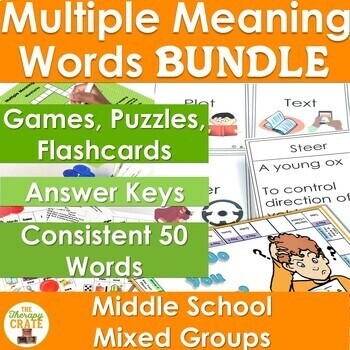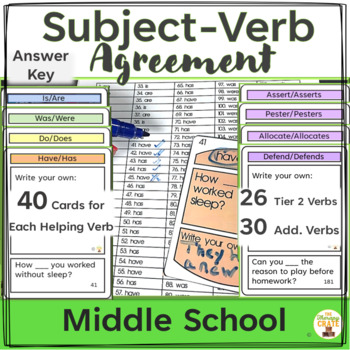Interventions for Complex Syntax Part 1
The Big Frustration
Isn’t that the biggest frustration? We work hard
to help students succeed, but sometimes it seems we’ve only scratched the
surface. So, what is a SLP to do? Well, here’s what some of the research says…
What Do We Do?
It turns out that teaching complex syntax
comprehension usually gives us the biggest bang for our therapy buck. It improves
verbal communication, reading to learn, writing, and auditory comprehension.
Complex syntax sounds a little daunting, doesn’t it? I wish I could say that you don’t have to worry about terms like subordinate conjunctions and adverbial phrases, but it’s best if you brush up on that a bit. The good news is that we won’t be diagramming sentences.
Therapy should focus on the meaning and
function of sentence structure. Language learning disordered students
struggle with vocabulary for conjunctions like because, before, when, and yet. Tracking
word relationships while reading, listening, and writing increases their
difficulty. Those are weaknesses in syntactic awareness.
How Do We Do It?
We can bolster awareness of word order and its
effect on meaning. Sentence anagrams, sentence elaboration, and sentence
combining interventions improve the ability to track word relationships within
a sentence when reading, listening, and writing.
 |
| Sentence anagrams improve syntactic awareness. |
Specific syntax comprehension interventions are
fairly straightforward.
Sentence Combining-Kendra
enjoyed the movie. Kendra liked the popcorn more. = Kendra enjoyed the movie
but liked the popcorn more.
Paraphrasing-student
paraphrases what they hear or read. SLP checks for comprehension periodically.
Comprehension
Questions-asking questions about what students read or heard helps us identify
which sentence or clause types pose a problem and provide instruction.
 |
| Ask comprehension questions at the sentence level. |
Priming-Exposing students to the targeted sentence structure increases the likelihood of the student using that sentence structure. Students are passive learners in this intervention. Sentence presentation is controlled for sentence structure type.
Modeling-Sentence
models are given in a natural context so learners associate sentence structure
with meaning. NOTE: Use interesting topics!
Recasting-Using the
student’s own spoken sentences as a structure model for the targeted pattern.
SLPs interact by giving additional information or correcting sentence structure
as needed.
Think Alouds-Model
your own thinking as you read to demonstrate how you gain meaning from text.
More To Consider
When we create and choose stimulus sentences for
therapy, they should be a combination of isolated sentences and sentences used
within context.
Isolated Sentences Without Context-Using a
series of sentences with the same structure to increase stimulus frequency.
This increases long-term memory and retrieval during communication. This also
provides opportunities for metalinguistic instruction.
Stimulus Sentences
Within Context-Use real conversations and text with a focus on the targeted
syntax structure during therapy.
Combine Isolated
Sentences with Sentences in Context-This provides stimulus frequency to promote
long-term memory for sentence structure. It also increases learning through
natural conversation, listening, and reading.
 |
| Using a combination of isolated sentences and sentences in context is best practice and increases student interest. |
AND when activities
serve a meaningful purpose (like a mini project, craftivity, or a learning
game), student buy-in increases.
Lastly, give lots of exposure to the selected
sentence structure within a brief teaching session. This helps students store
information in long-term memory.
Whew! That’s a lot of information in one brief
post. It may leave you with more questions. I still have plenty of questions
too. Let’s keep in touch and share how we’re using what we’ve learned to
“create meaningful outcomes!”
See you next time for Part 2!
Related Research:
Catherine H. Balthazar and Cheryl M. Scott
Swathi Kiran, David Caplan, Chaleece Sandberg, Joshua
Levy, Alex Berardino, Elsa Ascenso, Sarah Villard and Yorghos Tripodis
Improving Clinical Practices for Children With Language and Learning Disorders Alan G. Kamhi
The
Role of Complex Sentence Knowledge in Children with Reading and Writing
Difficulties Cheryl M. Scott, Catherine Balthazar














